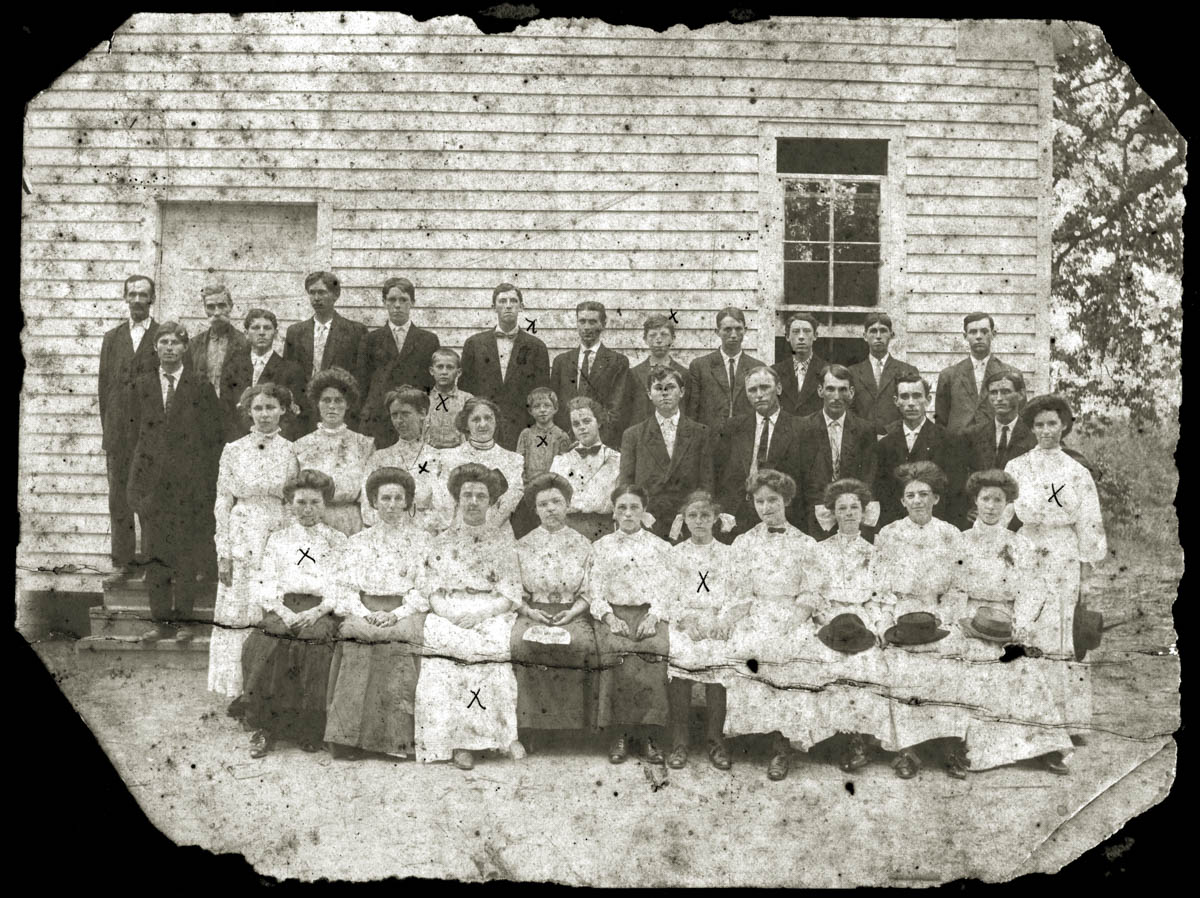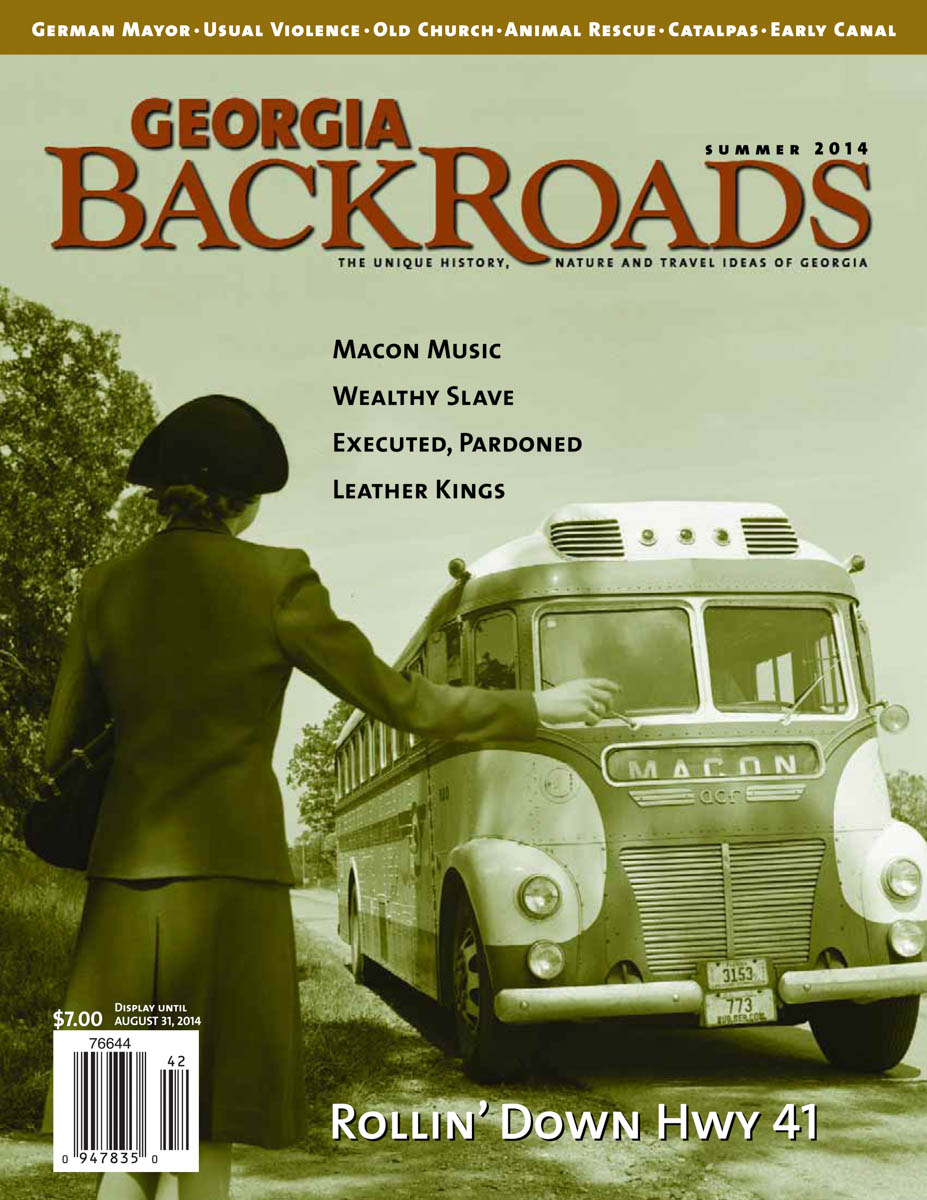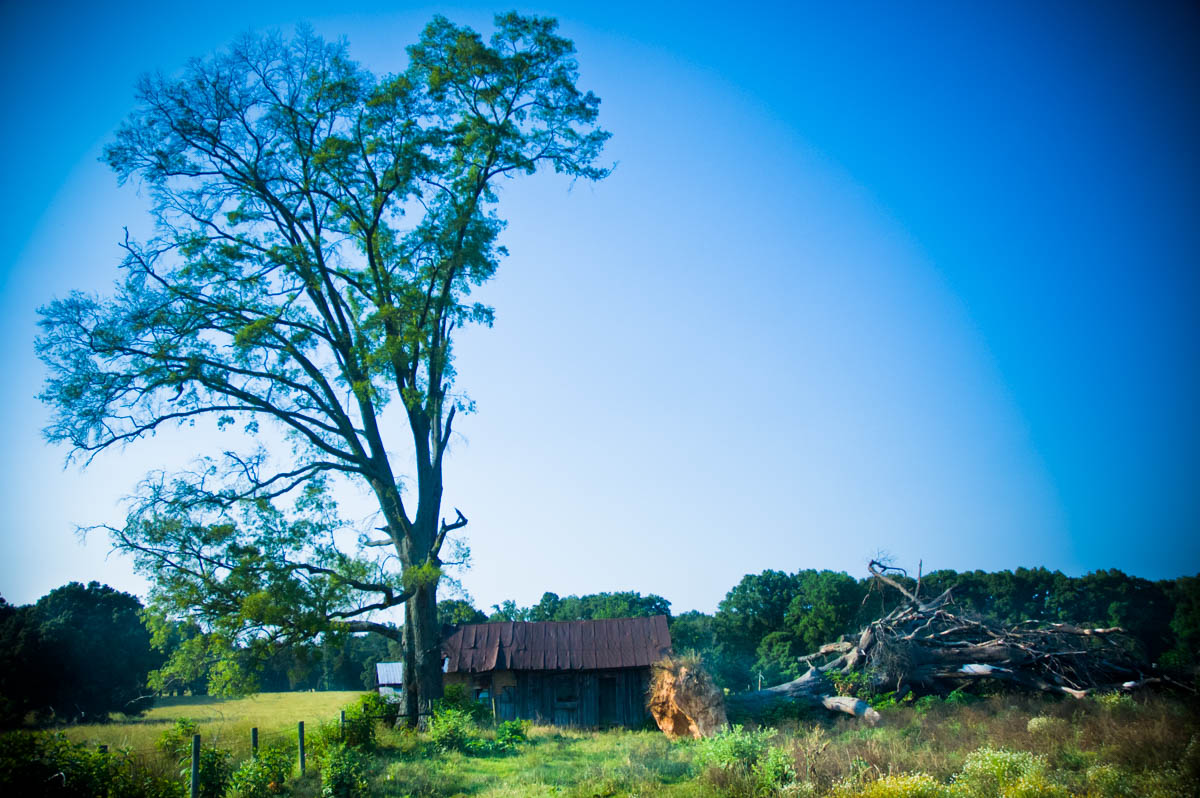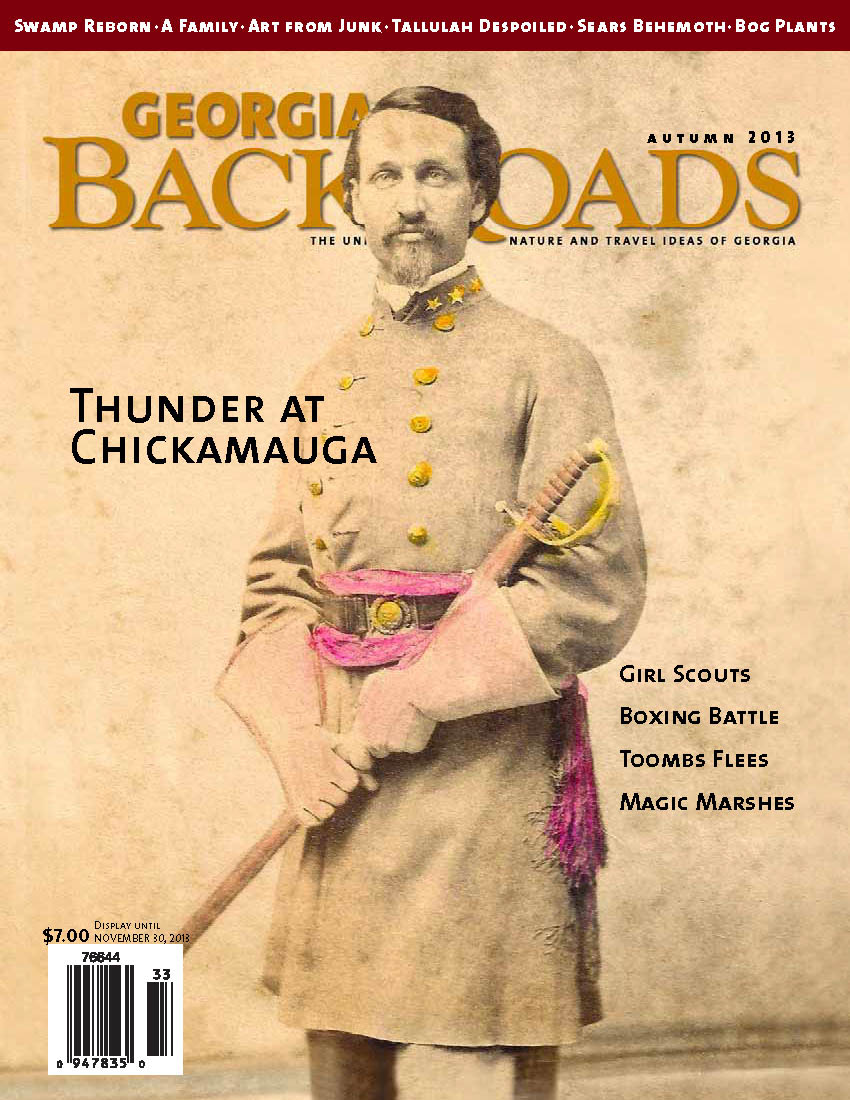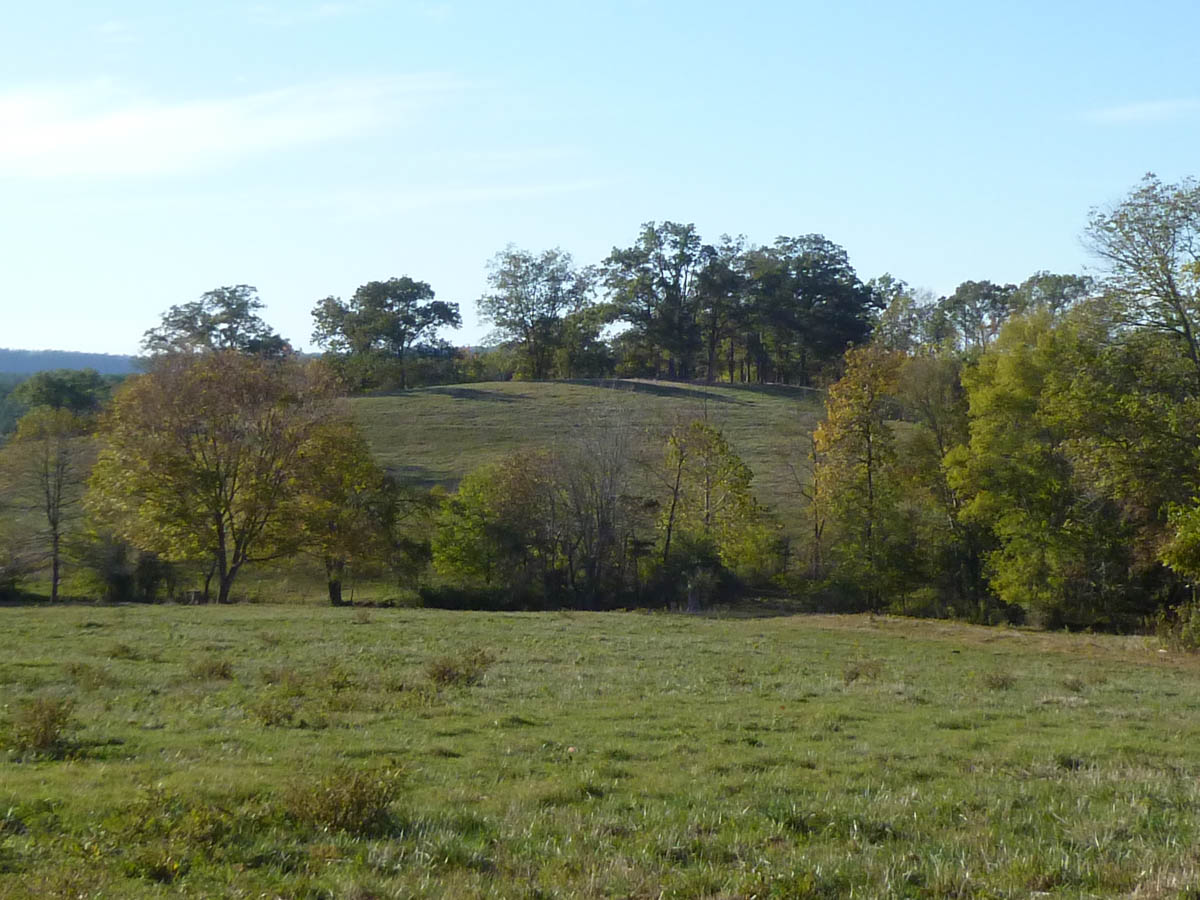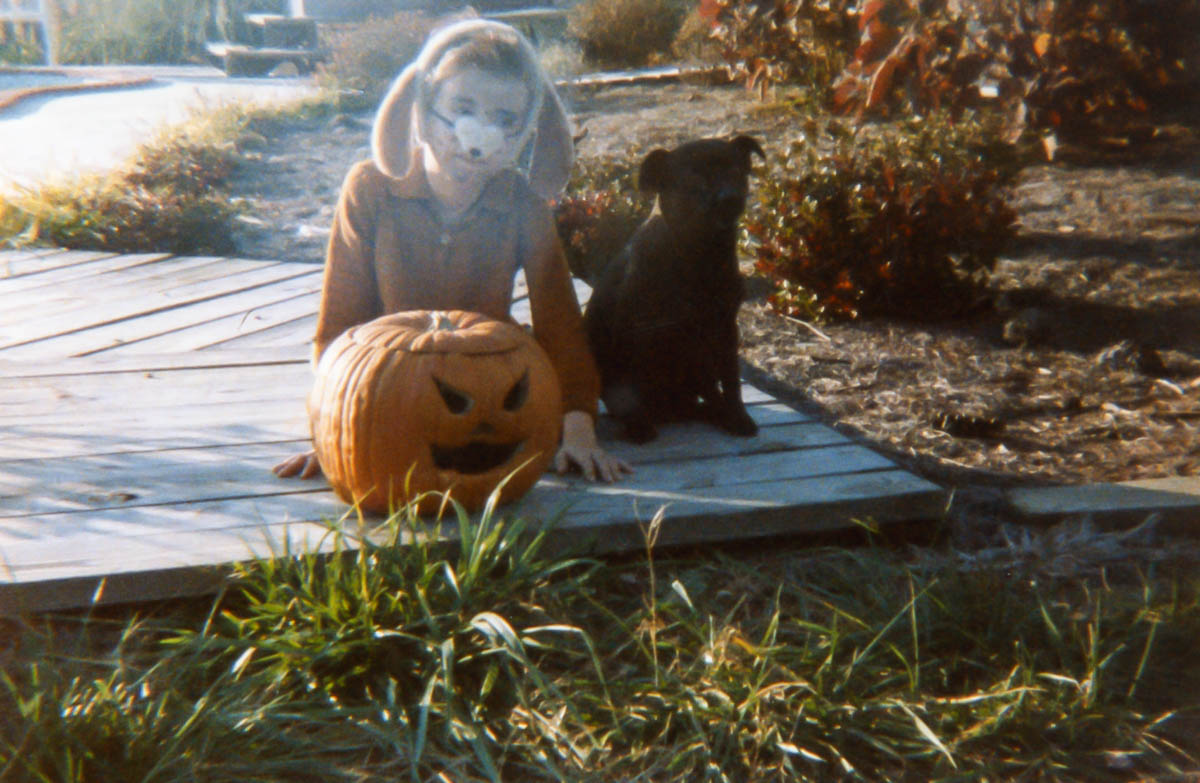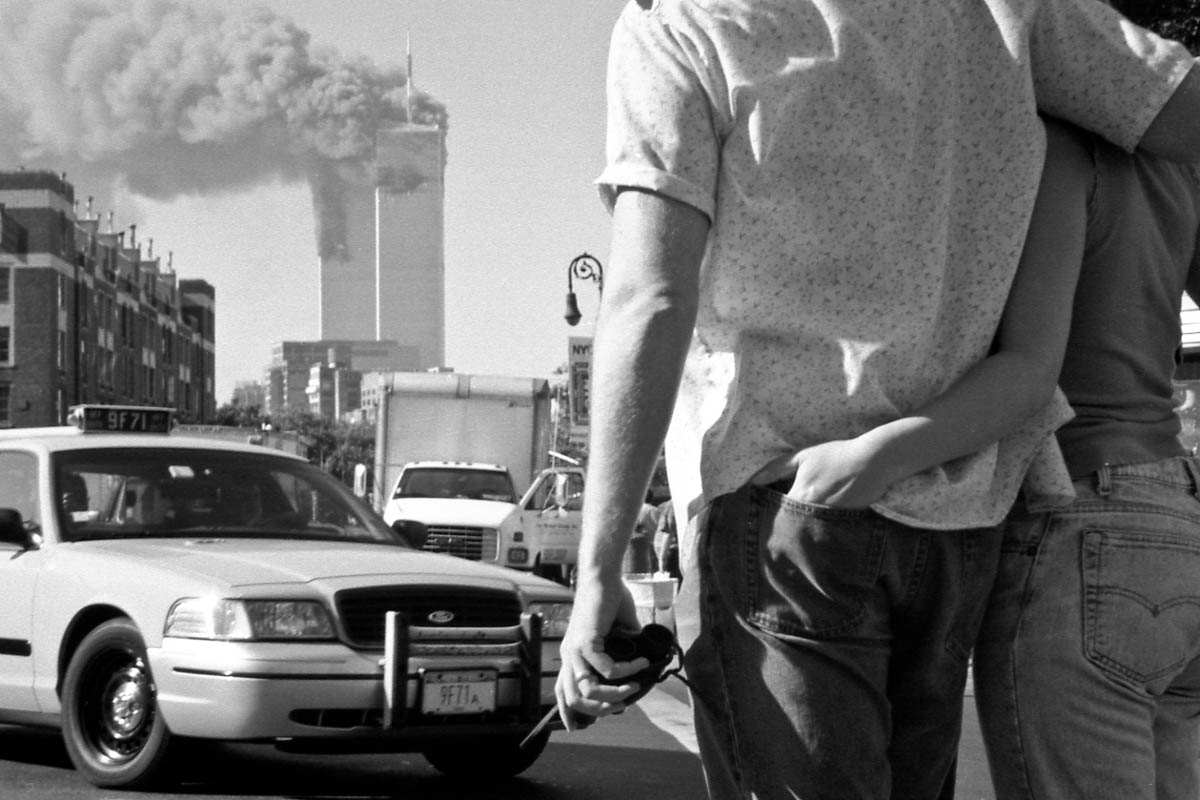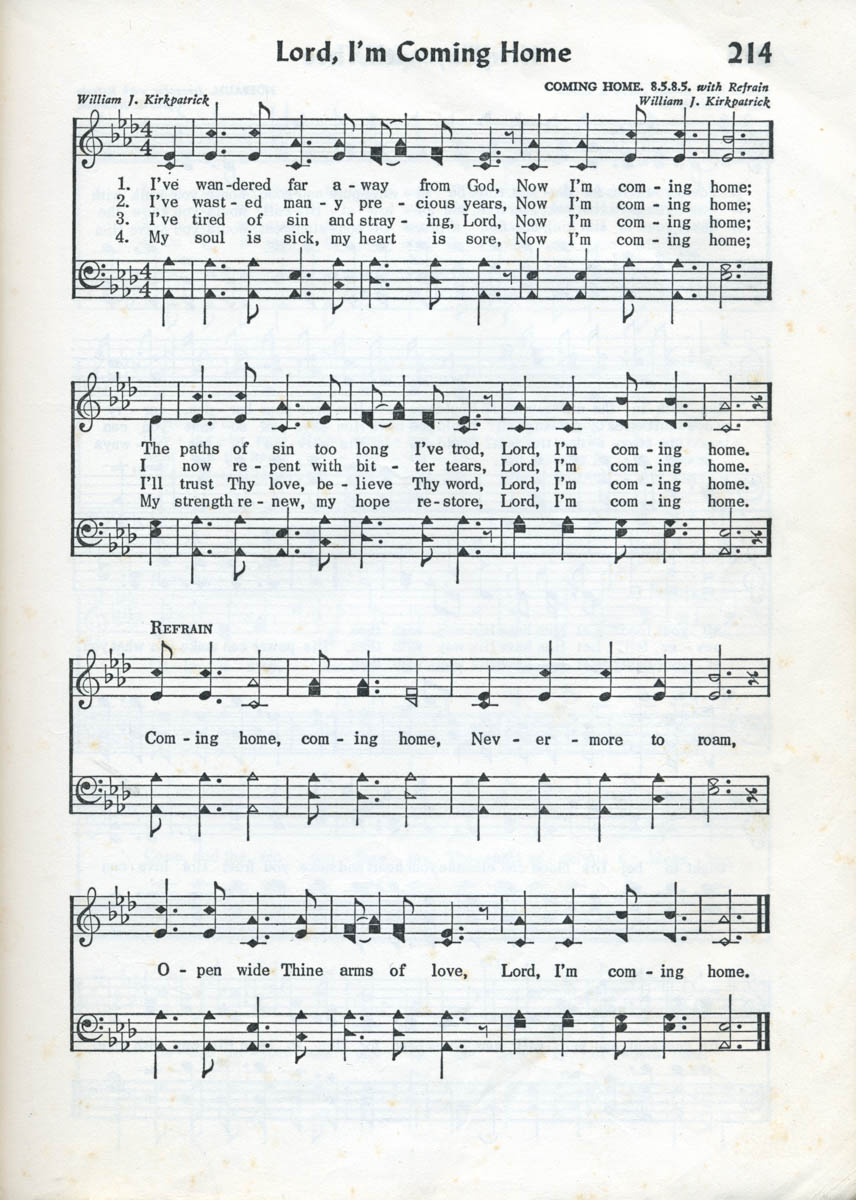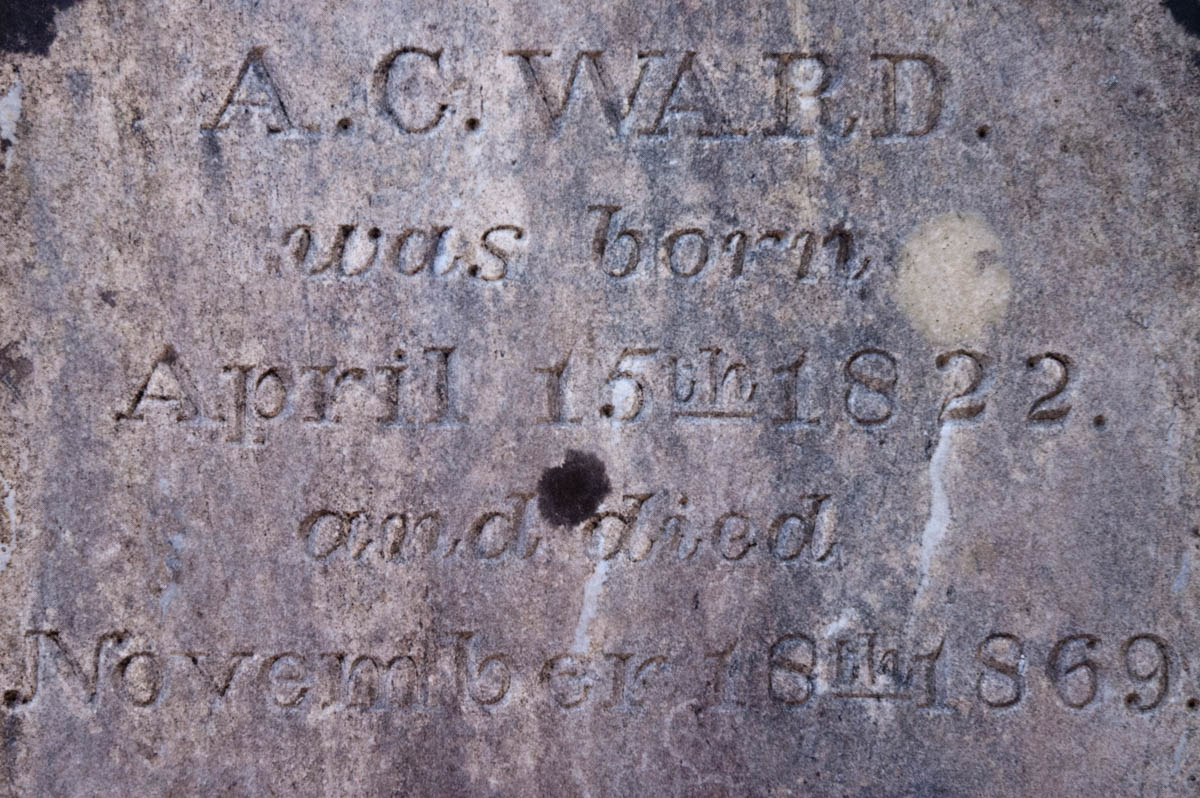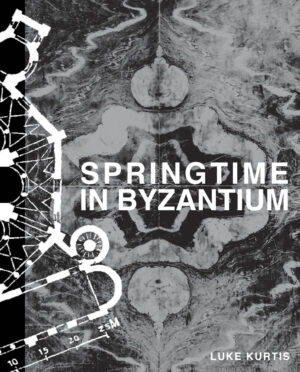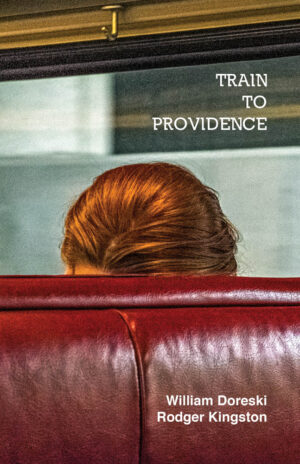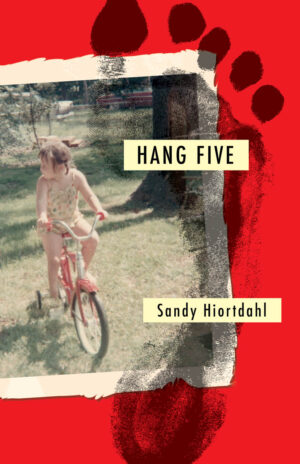School Days: Subligna High School Class of 1949
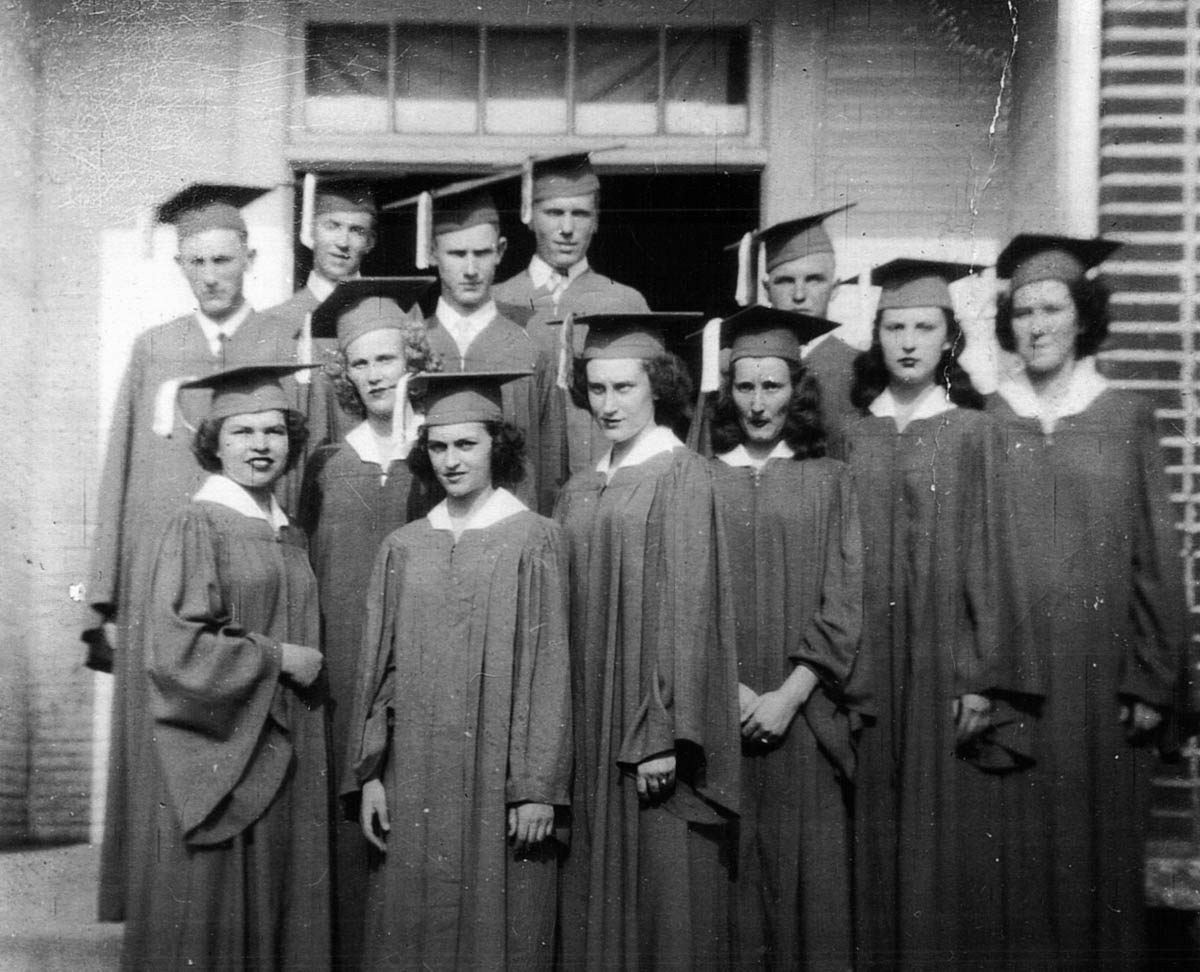
Recently, my cousin Christa McWilliams set up a new group on Facebook called Subligna Community Members & Friends. Her idea was to bring people together to share old photos and memories about growing up in the tiny community nestled at the southern end of the East and West Armuchee valleys. It’s the same community where we both grew up–and where our ancestors go back (in a tangled web) for many generations!
Read More
